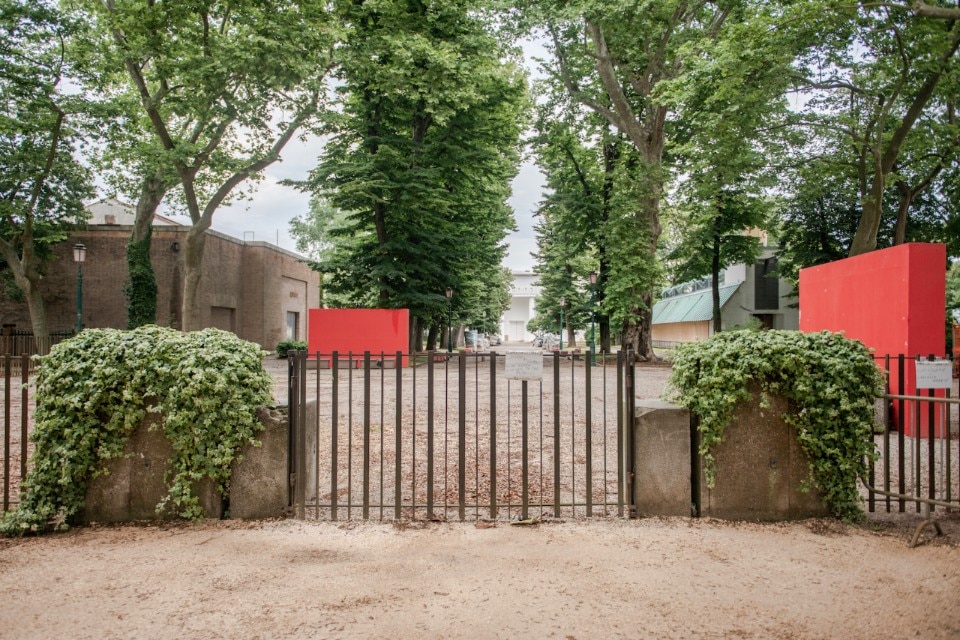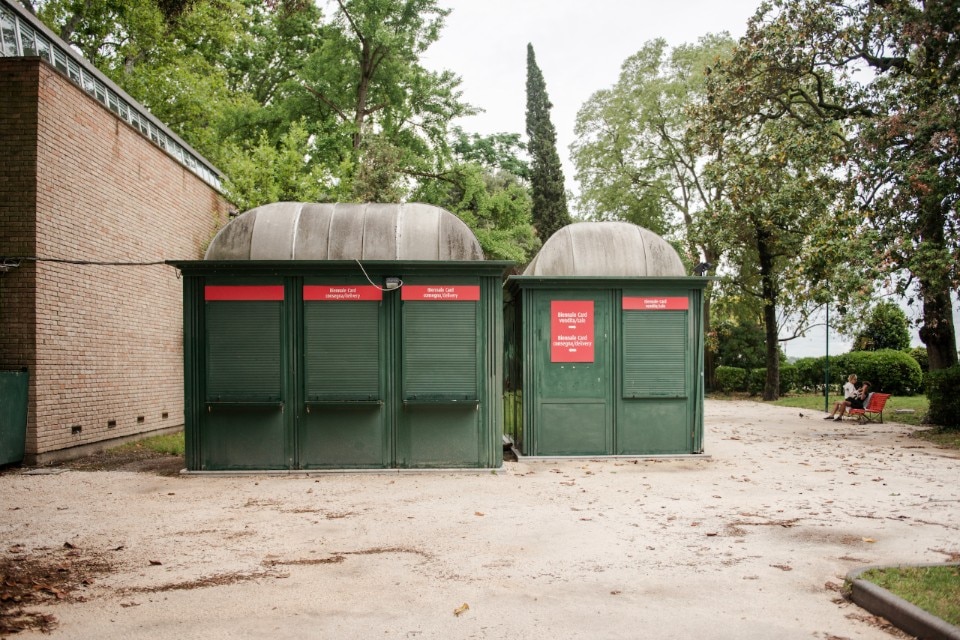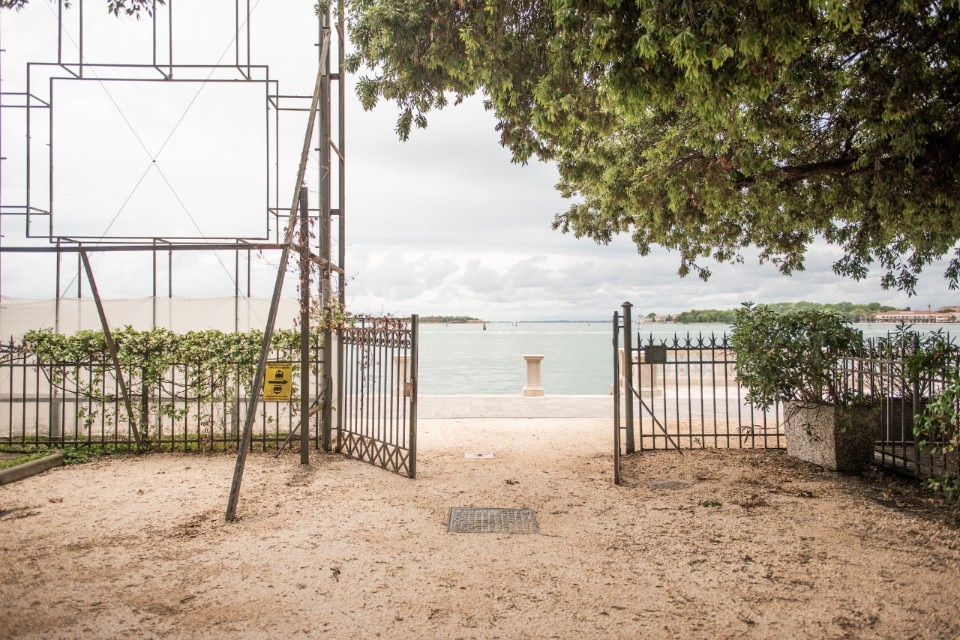This article was originally published in Domus 1048, June 2020.
It is rare for the Venice Biennale to “miss a stride”, particularly the Art Exhibition which has always assimilated with calm indifference the curve balls, delays and hiccups of the Architecture Exhibition, officially included in the posy of Venetian exhibitions in 1980 (“The Presence of the Past”). Since then, the art exhibition has only once altered its tempo, shifting the 1992 event to 1993. Just like today, there was an excellent reason for it, the fitting attribution to art of the 1995 centenary exhibition. The art curators have since always remained with the odd years and led the architects into a perfect alternation. We assume that the curator Cecilia Alemani would have held 2021 close this year, too, but Coronavirus landed and, eventually, after we had held our breath until nearly the last, the Art Biennale gave in and postponed everything by one year, scheduling Hashim Sarkis’s “How will we live together” for next May and the Art Exhibition to 2022. Having swallowed our disappointment, the reasons immediately became clear.
Compounding the consequences of the pandemic was the fact that only about 15 of the more than 60 participating countries had confirmed their presence and approximately 100 of the 135 architects invited by Sarkis to his exhibition had already declined, or feared they would decline, for reasons that can easily be imagined, from the most obvious to the most dramatic. There was no sense in opening the exhibition in such conditions, with a waste of resources that is scary to imagine and an almost zero return for the city of Venice. The wisdom of the decision became even clearer a few weeks later when we saw how the “reopened” museums would have to operate: with full running costs, few and just local visitors and almost empty galleries plus hygiene, trade-union and management complications. Museums have a just and undeferrable social and cultural mission but it would have been a bloodbath for an institution such as the Venice Biennale – and indeed the countless biennales scattered around the planet – which revolves around the event and its potency as a short-term global magnet. So, we will live together next year and for the moment can just wait together for this to pass.

It is perhaps more interesting to note that the Venice Biennale reacted positively to the blow inflicted by Covid-19. Unlike large museums and institutions strongly rooted in everyday local life, the Venice Biennale decided not to turn all its firepower on the Internet and digital eventology, opting to remain in the analog world and find a way to keep doing its job, although it did programme an “other” exhibition for the coming summer. Which is not such a bad idea. The new Biennale president Roberto Cicutto “hung in” and entrusted the artistic directors of the Biennale’s disciplines – Art, Architecture, Cinema, Dance, Music and Theatre – to collectively curate a “retrospective” exhibition on how the Venice Biennale has handled global and local crises throughout its history. The exhibition will occupy the Padiglione Centrale and so the Giardini della Biennale can open to the public this year, too. As well as the exhibition, there will be a screening area and fringe activities (lessons, guided tours and encounters), while the Theatre and Music sections will stick to their programmes. Implicit in these decisions is the Venice Biennale’s vision of its future as it waits with anything but arms crossed for the darkness to pass and prepares to start the machine up again as soon as possible, leaving the curators the task of incorporating the post-Covid debate into their projects.
Coming 20 years after the “Bilbao effect”, the Covid effect puts a huge strain on this socio-cultural superstructure and the strange transnational welfare underpinning it
More generally, the example of the Venice institution allows us to broaden our gaze over the vast array of biennial, triennial and quadrennial festivals scattered worldwide. As mentioned above, unlike the museums, most of those in charge of these initiatives were unwilling or unable to fling themselves into the new digital challenge. They did so with great moderation or opted for postponement as they waited, and hoped, for better times. On the one hand, they struggled to convert an identity centred entirely on their visitors’ remarkable penchant for cultural nomadism into a digital flow. On the other, they cannot afford to divert resources intricately linked to the event to immaterial programming with few financial and social “returns”, sellable spaces (to sponsors) and opportunities for exchange and direct interaction.

It is a worrying state but one not lacking in interesting repercussions. In recent decades, the list of architecture and design biennials (in the broad sense) has lengthened exponentially, coming to constitute a parallel architectural culture and considerably shift the backbone of the disciplines in question. This is a positive phenomenon because it helps disproportionately expand the operational scope of those working in our sector. But it is also negative as it tends to produce an excessive distance between theory and design practice.
Coming 20 years after the “Bilbao effect”, the Covid effect puts a huge strain on this socio-cultural superstructure and the strange transnational welfare underpinning it.
In the end, it might perhaps produce a selection or paradoxically distance the designers even farther from their traditional practice because, after all, organising a workshop or a number of talks is cheaper and requires less consensus than completing a building project. All we can do is wait, contribute towards phases four, five and six, and see what happens.
Opening image: The Giardini of the Venice Biennale. Photo Claudia Corrent


